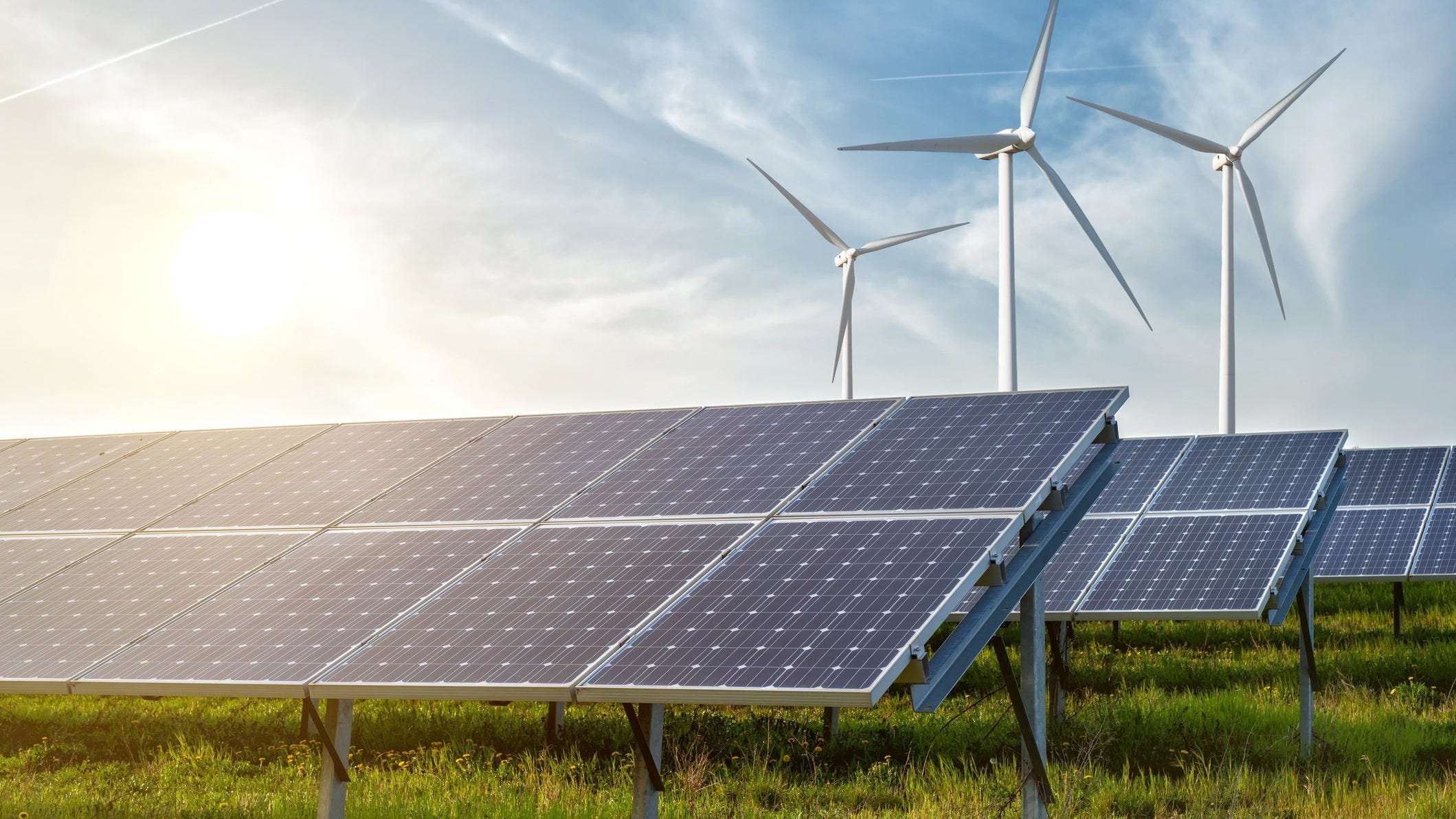'A 'Wow' moment': US renewable energy hit record 28% in April. What's driving the change?
Show Caption Hide Caption Power: On the Brink of a Revolution June 24 -- Renewable energy will draw almost two-thirds of the spending on new power plants over the next 25 years, dwarfing spending on fossil fuels. Bloomberg's Scarlet Fu reports on "Bloomberg Markets." Bloomberg
The amount of electricity generated by renewable resources hit a record 28% in April, a breakthrough number that shows how important renewable energy has become in U.S. energy markets.
"It's a 'Wow' moment," said Peter Kelly-Detwiler, an energy analyst and author of "The Energy Switch," a recent book about the transition to a carbon-free energy economy.
The percentage of U.S. electricity produced by renewable energy from wind, solar and hydroelectric dams has been steadily rising, from 8.6% in April 2001 to this April's 28%. Those numbers were released this week by the U.S. Energy Information Administration, which tracks energy data for the nation.
There are several reasons. At the top is that wind and solar installations dominated U.S. energy buildouts.
"Basically, the only things we've added to the grid in the past decade are wind, solar and natural gas," said Harrison Fell, an economist and engineer at Columbia University, where he co-leads the Power Sector and Renewables Research Initiative.
That's happening for two reasons. The first is cost. Renewables are simply the most economically competitive power currently available, Kelly-Detwiler said.
In 2021, the cost of producing a megawatt-hour of electricity from a new wind turbine was $26 to $50. The same amount of electricity from the cheapest type of natural gas plant ranged from $45 to $74, according to Lazard, a financial advisory firm that publishes annual estimates of the cost of producing electricity.
Federal and state mandates and incentives to increase the amount of clean energy used also help, Fell said.
"When you do the math on what's the most profitable thing to add, it's often going to be wind and solar at this stage," he said.
Yes. April tends to be a particularly windy month, and this spring was windier than most, Fell said.
There's also less power coming into the grid from fossil fuels and nuclear in the spring. That's because electricity demand is generally lower because of the mild weather and fossil fuel and nuclear power plants use the time for maintenance and refueling, which reduces their production, he said.
Another surprise was that in April, wind and solar power together produced more electricity than nuclear plants.
Historically, nuclear power plants, which are carbon-neutral, have reliably produced about 20% of America's electricity. In April that number dropped to 18% while wind and solar combined stood at 19.6%.
The nuclear decrease is partly a result of the shutdown of two plants in the past year, Indian Point in New York state and Palisades in Michigan, as well as scheduled closures for maintenance.
When all U.S. carbon-neutral energy sources are added together – nuclear, wind, hydroelectric and solar – almost 46% of U.S. electricity in April came from sources that don't contribute greenhouse gases to the environment, federal data shows.
"It's a milestone," Kelly-Detwiler said. "But in a few years, we'll look back and say, 'This was a nice steppingstone to the next 'Wow!' moment."

Dlob32 on July 11st, 2022 at 12:26 UTC »
Moving in 2 months and plan to get solar within first year of ownership. Driving force for me is the reduced trust in reliability of utility services. Plus, long term having the ability to generate and use my own power to fuel my car is very interesting.
foileed on July 11st, 2022 at 12:13 UTC »
Economics.
The most economical fossil fuels were those we first used. Each additional ton or volume of fossil fuel is typically a little more difficult to obtain and expensive to transport.
In the interim, as we advance, the costs for distributed, renewable energy (such as wind and solar) continue to become more efficient and cost-effective.
Can_of_Sounds on July 11st, 2022 at 11:46 UTC »
I'd be interested to hear what political movements allowed/pushed this to happen.